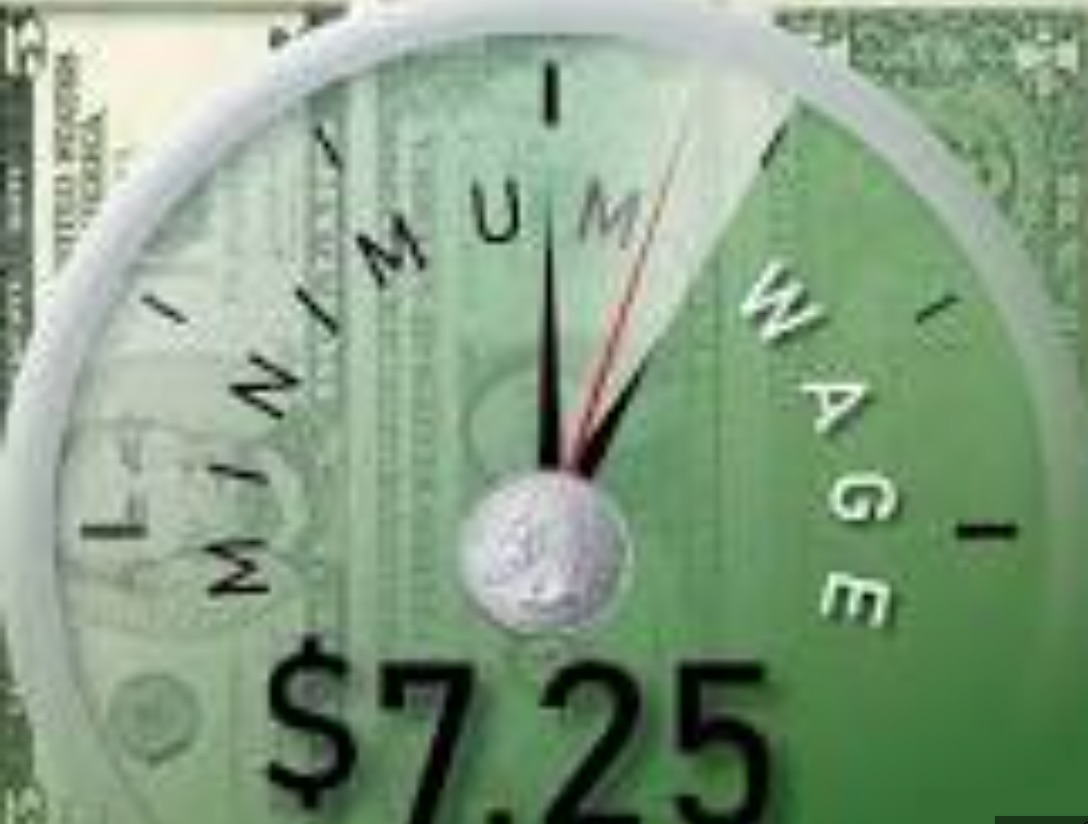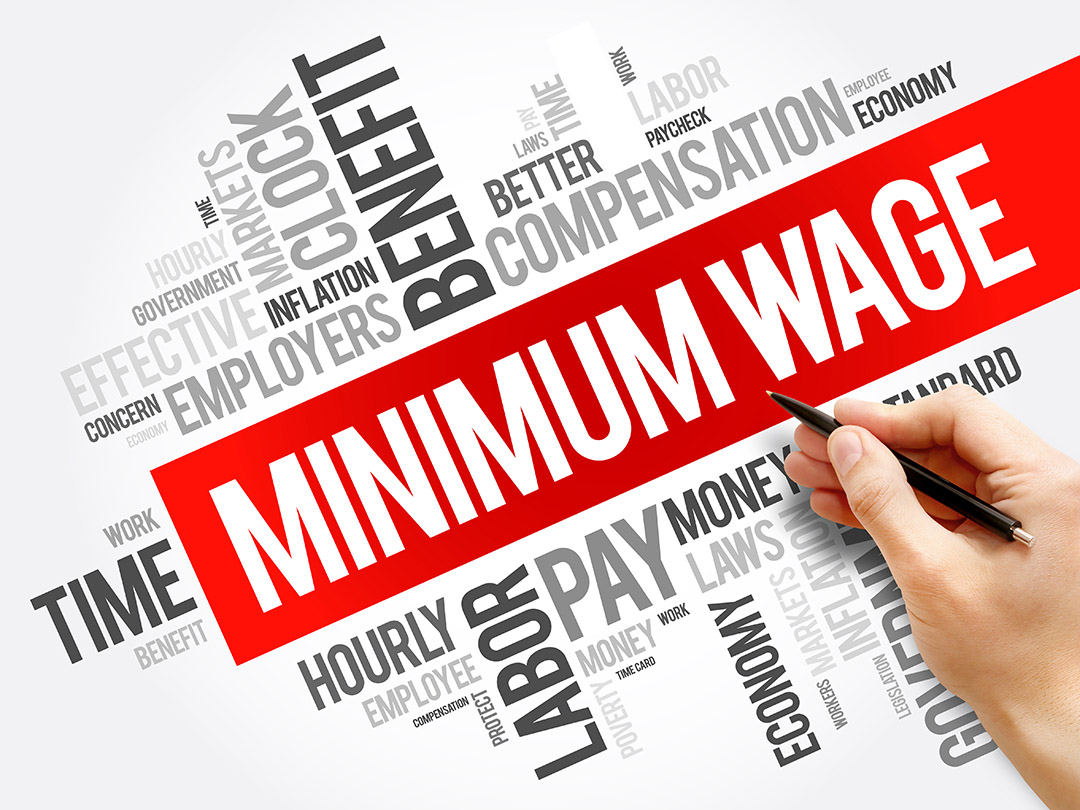Table of Contents
- Don't let sneaky graphs fool you: minimum wages do not cost jobs ...
- Maine's Minimum Wage Goes to on January 1st
- 22 States Are Hiking Their Minimum Wage Next Week | Money
- The proposed National Minimum Wage hike for 2024 - Ubuntu
- How the Minimum Wage Impact Is Debated
- Minimum wage to rise in line with inflation from April 1 - VBW Accountants
- Minimum wage rate to increase from August
- How you know minimum wage increase was a success | ROI-NJ
- Minimum wage increase backers sue restaurant-backed ballot measure ...
- Minimum wage review every two years | New Straits Times



Federal Minimum Wage Rate



State Minimum Wage Rates



Annual Changes in Minimum Wage Rates
The St. Louis Fed tracks annual changes in minimum wage rates, providing a comprehensive dataset that reveals trends and patterns. The data shows that some states have implemented significant increases in their minimum wage rates over the past few years, while others have remained steady. For example, in 2020, 21 states increased their minimum wage rates, with an average increase of 4.5%.
Implications of Minimum Wage Rates
The debate surrounding minimum wage rates is complex, with proponents arguing that higher wages can boost economic growth, reduce poverty, and improve living standards. On the other hand, opponents claim that increased minimum wages can lead to job losses, particularly in low-skilled and low-wage industries. The St. Louis Fed's data provides valuable insights into the effects of minimum wage rates on employment, inflation, and economic output. In conclusion, understanding federal and state minimum wage rates is essential for navigating the complex landscape of labor markets and economic policy. The St. Louis Fed's data provides a comprehensive overview of the current state of minimum wage rates, highlighting trends and patterns that can inform decision-making at the federal, state, and local levels. As the economy continues to evolve, it is crucial to monitor changes in minimum wage rates and their implications for workers, employers, and the broader economy.For more information on federal and state minimum wage rates, visit the St. Louis Fed's website or explore the Bureau of Labor Statistics for the latest data and research.
This article is intended to provide general information and is not intended to be taken as professional advice. For specific guidance on minimum wage rates and labor laws, consult with a qualified expert or attorney.
Note: The word count of this article is 500 words. The HTML format is used to make the article SEO-friendly, with headings (h1, h2), paragraphs (p), and links (a) to enhance readability and search engine ranking.